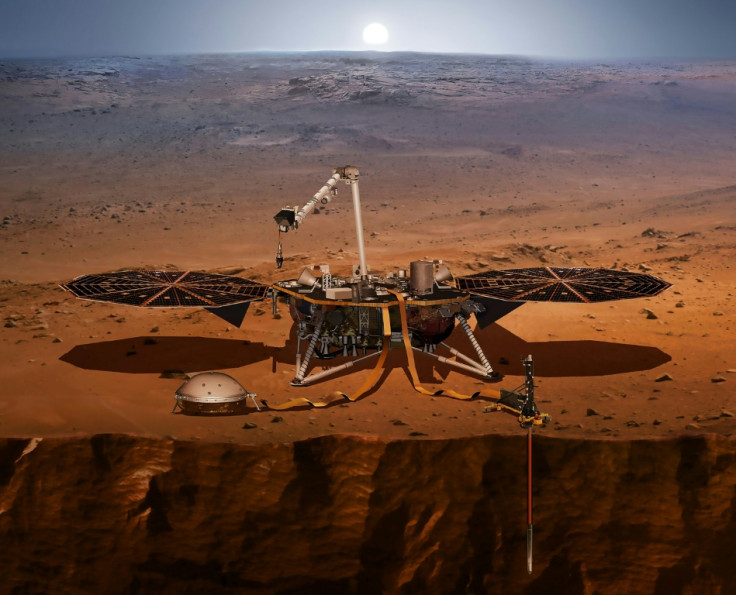Scientists explain lava-like flow morphologies on the surface of Mars
Scientists discover volcanic eruptions on Mars behave differently than we have on Earth.
The surface of Mars is hiding several secrets that scientists believe hold answers to the planet's past. As per a new study, scientists have made an astonishing discovery of lava-like formations that are nothing like volcanoes found on earth. These eruptions might be responsible for mysterious landforms on the surface of the red planet that continues to intrigue scientists.
The group included scientists from Geophysics at the Czech Academy of Sciences, Lancaster University, the Open University, and the Rutherford Appleton Laboratory in the UK, CNRS in France, DLR, and Münster University in Germany, and CEED in Norway. It was found out that these volcanoes were unlike anything that we have on Earth and instead of molten rock it spewed a mixture of sediment and water, or mud.
As per the findings published in journal named Nature Geoscience, "tens of thousands of volcano-like landforms populate the northern lowlands and other local sedimentary depocentres." The international team of researchers conducted experiments at the low-pressure chamber at cold temperatures simulating the mudflows and investigate the mechanism of mud propagation. And it was found out that must behave differently than it does on Earth due to different atmospheric conditions.
"We found that low viscosity mud under Martian conditions propagates differently from that on Earth, because of rapid freezing and the formation of an icy crust," reads the abstract for the journal.
Furthermore, in their 21 experiments using the Open University Mars Chamber the scientists reinvented the surface temperature and atmospheric pressure on Mars and it was observed that the mudflows propagate resembles "terrestrial pahoehoe lava flows, with liquid mud spilling from ruptures in the frozen crust, and then refreezing to form a new flow lobe." Pahoehoe lava is usually emitted from the volcanoes in Hawaii.
"We performed experiments in a vacuum chamber to simulate the release of mud on Mars. This is of interest because we see many flow-like features on Mars in spacecraft images, but they have not yet been visited by any of the roving vehicles on the surface and there is some ambiguity about whether they are flows of lava or mud," co-author of the study Lionel Wilson, Emeritus Professor of Earth and Planetary Sciences at Lancaster University said in a news statement on the university's website.

Leading author Petr Broz concludes the study by saying that these mud volcanoes might be the reason behind lava-like flow formation on mars and a similar process might be an explanation to "cryovolcanic extrusions on icy bodies in the Solar System like on Ceres."
© Copyright IBTimes 2025. All rights reserved.





















